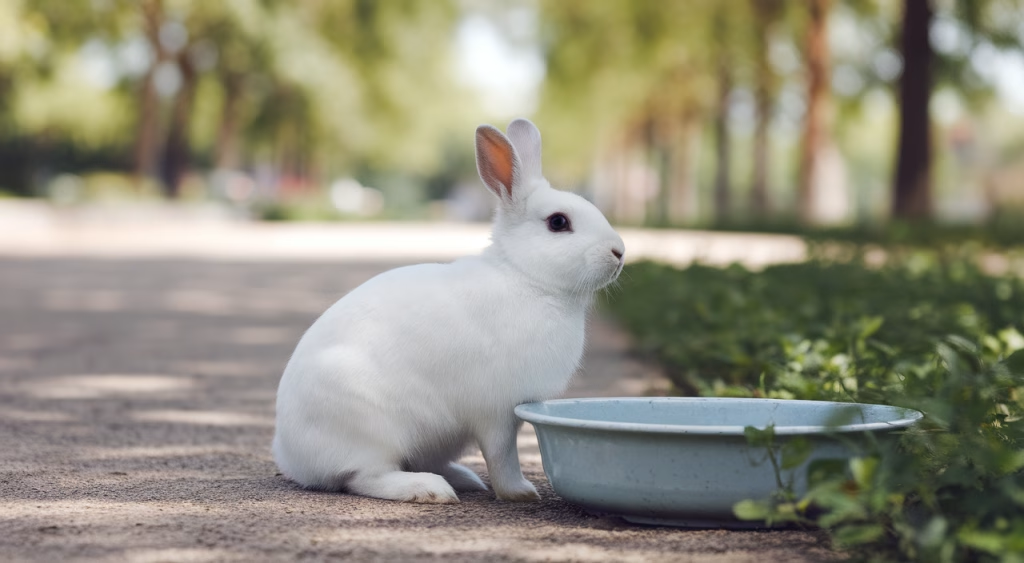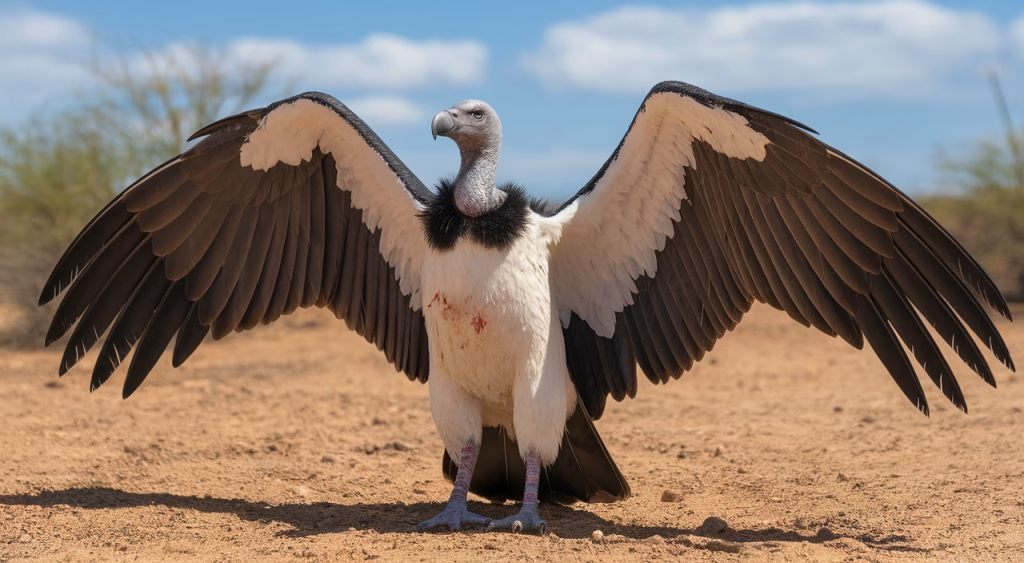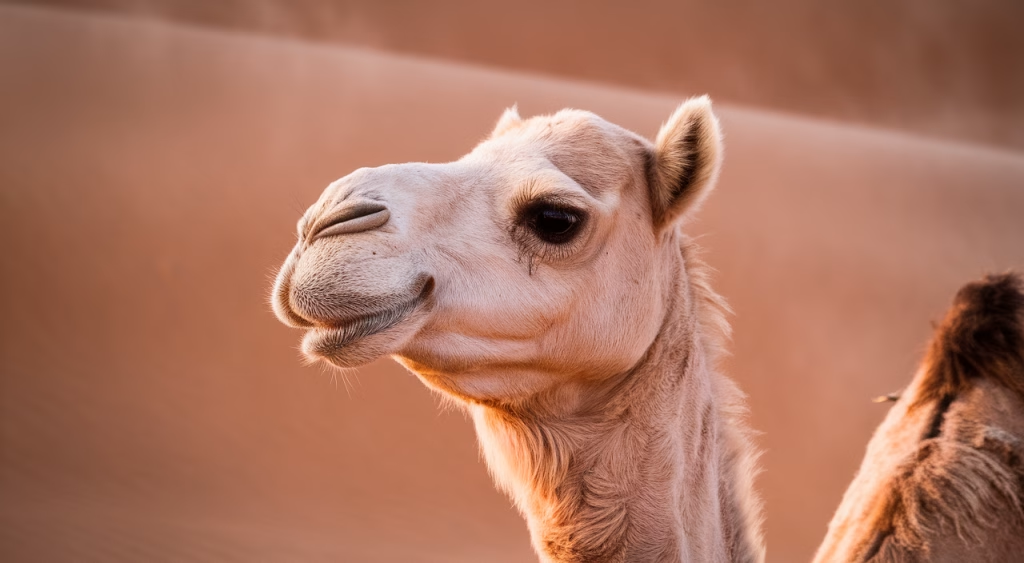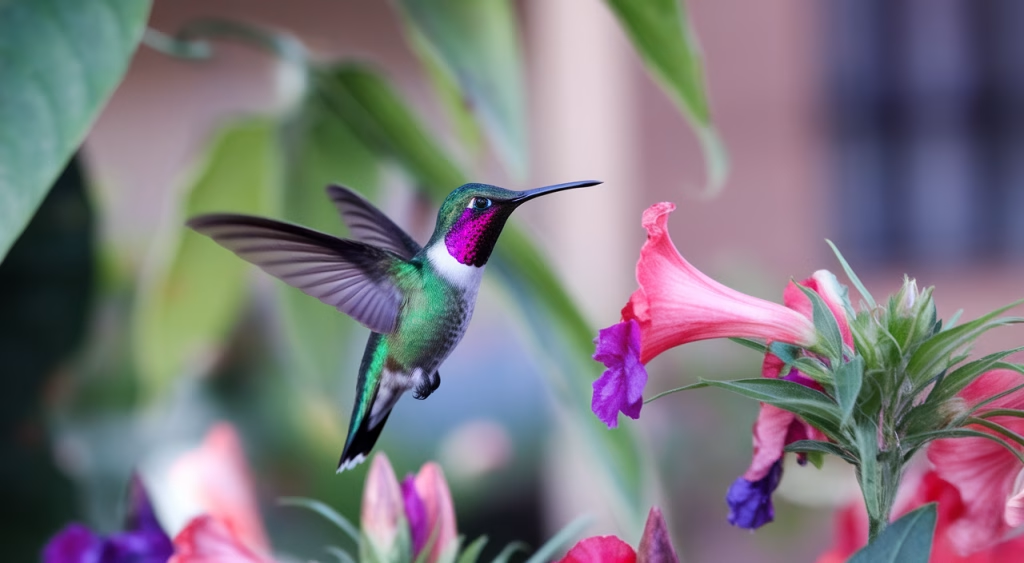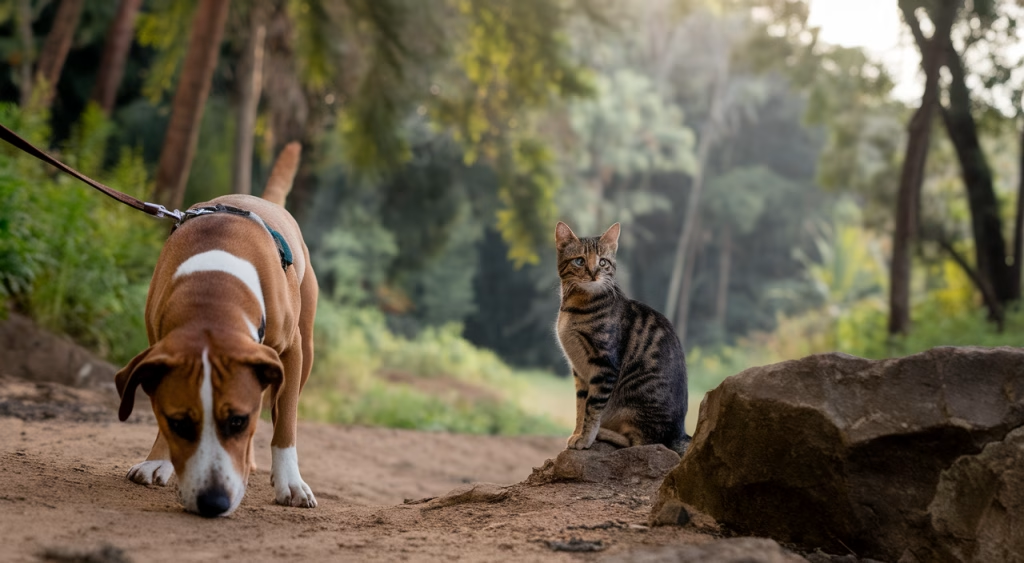How to Safely Help a Stray Rabbit in Singapore: Complete Guide
If you’ve spotted a stray rabbit in Singapore, here’s how you can safely and responsibly help – from observing from a distance to contacting help. Learn the importance of staying calm and keeping your distance. Get expert-backed tips on providing safe food and water. Discover how to recognize a domestic rabbit and avoid endangering them or the ecosystem. Know when and how to call for professional help or consider adoption. Address potential health issues and emotional wellbeing of stray rabbits. This guide is designed for animal lovers like you – empathetic, clear, and practical – with a goal to protect vulnerable rabbits and support ethical animal welfare.

